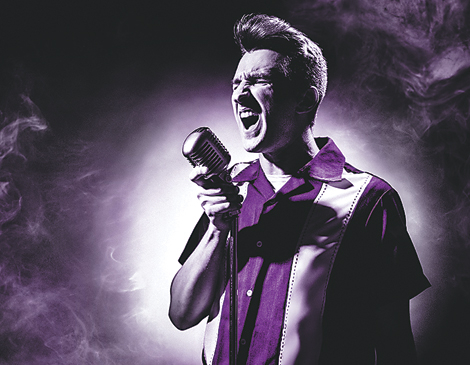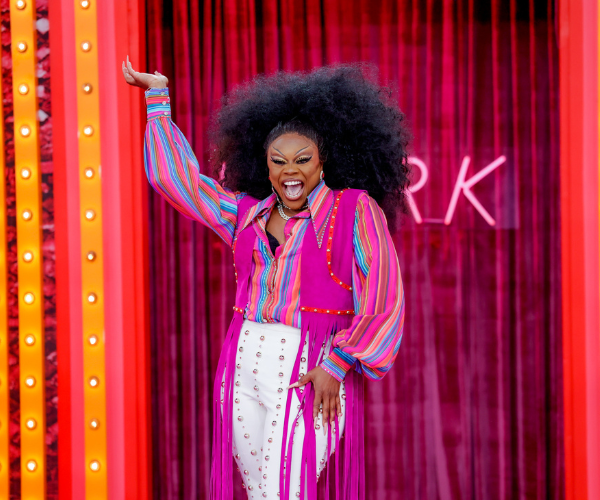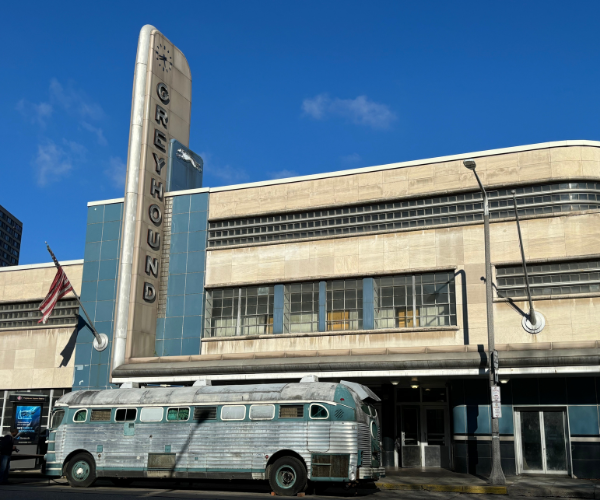On a December day in 1956, Memphis’ Sun Record Studios was buzzing with the hopping rhythm of Carl Perkins, “the Father of Rockabilly.” But no one could have predicted what came next.
As studio owner Sam Phillips worked his magic with Perkins and Phillips’ new protege, a wild, piano-slamming upstart named Jerry Lee Lewis, in walked Elvis Presley, and then Johnny Cash, looking to jam. Through what’s thought to be pure serendipity, one of rock ‘n’ roll’s most seminal moments materialized, as the four titans sat down for a session.
That twist of fate is dramatized in Million Dollar Quartet. The Tony Award-winning show’s touring production hits the Hanna Theater May 3-26. This jukebox musical recreates the meeting with period-authentic instrumentation, little-known back stories and a stocked score of early rock ‘n’ roll’s greatest hits.
“There was really no rock ‘n’ roll before [them],” says Hunter Foster, the show’s director who starred as Phillips in the 2010 Broadway production.
Phillips, an influential former deejay often called the “Father of Rock ‘n’ Roll,” acts as the musical’s narrator, revealing the origin stories behind some of rock’s most formative players.
“You get an idea of how they all started, their relationships with each other, and a memory of what all that was to Sam,” Foster says.
Released on record for the first time in 1969, the 1956 jam session mostly included gospel songs, but this show also boasts the players’ best-known recordings, from “Walk The Line” to “Great Balls of Fire.” Some of the dialogue is pulled directly from recordings of the Million Dollar sessions, such as a powerful sermon delivered by Lewis.
Although Elvis doesn’t throw in any hip thrusts, the costumes give nods to each figure’s signature song, with Cash donning all-black and Perkins strutting in blue suede shoes. The set stays true to the era with authentic Shure 55 mics and slap-back audio effects that recreates Phillips’ Sun Records sound system.
“We don’t want it to be cartoony or not real. It’s representation,” Foster says.
In fact, in some ways, the performance is more play than musical.
“When you break into song, that’s a nonrealistic moment. We don’t just walk around singing to each other,” Foster says. “There’s a real story here. This is where [it] all began.”




